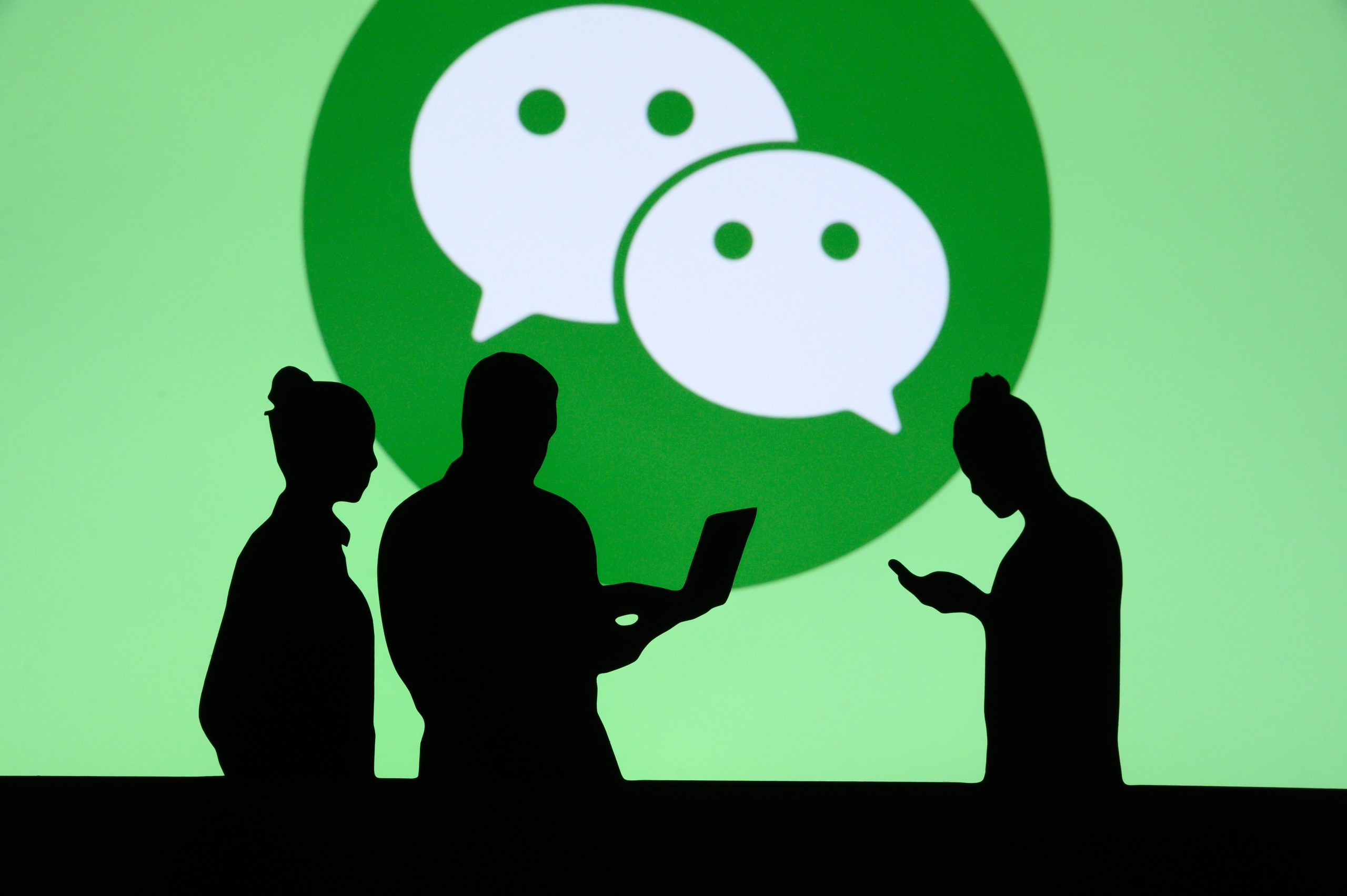The Trump administration’s proposed WeChat ban threatens to deprive 20 million U.S. users of a vital link with China. JT is covering the story as it develops with an emphasis on the potential impact upon the culture and tourism industries. You can catch up on our coverage here.
In recent years, U.S. attractions have flooded onto Tencent’s social media app seeing it as a convenient one-stop platform that enables a wealth of functions; MoMA offers audio guides and timely articles, The Arts Institute of Chicago sells tickets and souvenirs, and The Empire State Building holds photo competitions and promotional giveaways — to name but three examples.
The bridge-builders connecting cultural organizations with Mainland audiences on WeChat are China-focused digital agencies, companies that specialize in strategizing, developing, and maintaining WeChat Service Accounts — similar to a Facebook official page.
JT spoke to numerous digital agencies to understand their positions on the WeChat ban on U.S. cultural attractions.
How important is WeChat to U.S. museums?
WeChat’s range of functions from publishing content to wayfinding, and facilitating payments has made it essential to attractions welcoming Chinese visitors.
“US museums and cultural institutions have been relying on platforms like WeChat to engage with Chinese audiences when they visit,” says Director of PingPong Digital Jimmy Robinson, “this has meant embedding H5 pages or [creating] Mini Programs to offer an enhanced user experience.”
What would a WeChat ban mean for U.S. museums?
It depends. The executive order pledged to bar transactions with Tencent or subsidiaries related to WeChat, but what, exactly, constitutes a transaction is yet to be defined.
“The order was somewhat vague” says Jessica Dai, a Senior Account Manager at China Luxury Advisors, “we’re working to assess the implication of the ban on the cultural sector.”
Provided attractions work with an agency in China, maintaining the publishing aspect of a WeChat account should remain possible. More commercial engagements, however, remain in jeopardy.
“A ban will impact advertising and paid media opportunities surrounding new exhibitions,” says Humphrey Ho, Managing Director at Hylink Digital, “it will definitely impact those with e-commerce initiatives on WeChat, such as WeChat stores.”
Has there been an over-reliance on WeChat?
China’s vast and idiosyncratic digital landscape is understandably intimidating for overseas organizations. This has pushed cultural attractions towards relying on China’s much-publicized super-app, a phenomenon Robinson refers to as “the WeChat fallacy”.
“Organizations often shy away from alternative social media platforms,” says Robinson, “China is not a one app country and this will potentially allow for greater education on alternative platforms that may better suit their needs.”
And yet, for cultural organizations hampered by limited resources and expertise in an unfamiliar market, WeChat has proved an excellent starting point. “WeChat has 1.2 billion active monthly users, it’s an effective marketing tool and provides native audio guides and helps users keep in touch with their favorite museum,” says Ho.
What alternate digital strategies might museums pursue?
Provided cultural institutions are able to continue using WeChat to post content, they can look to alternate social media channels for e-commerce and live streaming purposes. “It might be prudent to migrate e-commerce initiatives to Tmall, Taobao, or JD.com,” says Ho.
In the case that promotional activity on WeChat is banned, Weibo stands as the most obvious replacement.



